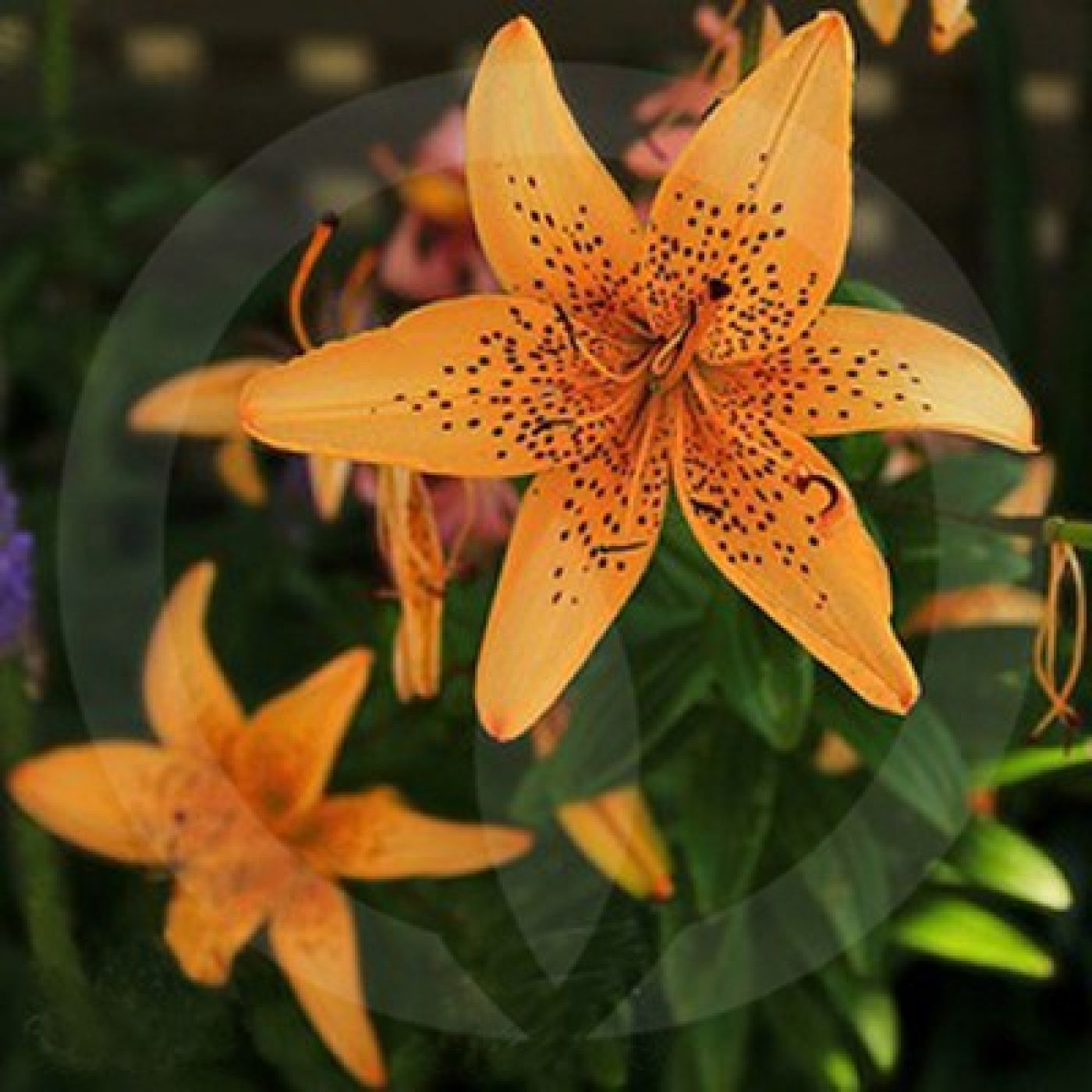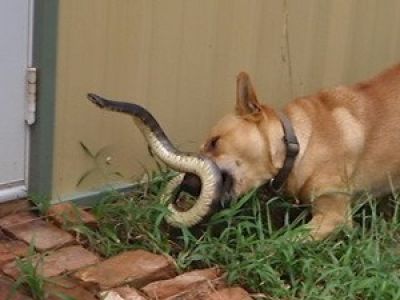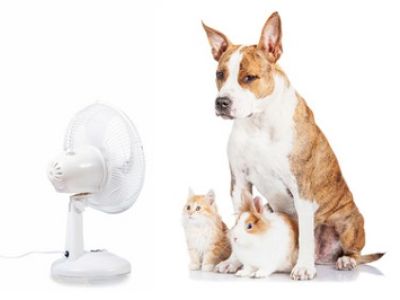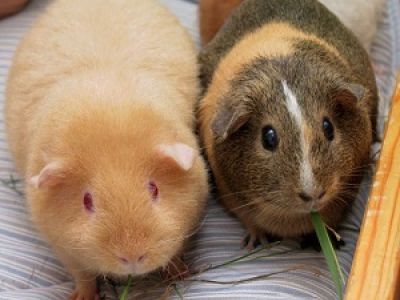Top 10 Poisonous Plants for Pets

AUTUMN CROCUS: Highly Toxic and can cause severe vomiting, gastrointestinal bleeding, liver & kidney damage and respiratory failure.
AZALEAS: Even eating a few leaves can result in vomiting, diarrhea and excessive drooling. Without immediate attention, depending upon consumption and the pet’s bodyweight, the animal could fall into a coma and possibly die.
CYCLAMEN: The roots of this seasonal flowering plant are especially dangerous. If ingested, they can cause severe vomiting and even death.
LILIES: There are dangerous and benign lilies out there and it is important to know the difference. The more dangerous, fatal lilies are Tiger, Day, Asiatic, Easter and Japanese Show Lilies-all of which are highly toxic to cats. Even small ingestions, such as 2-3 petals or leaves, can result in severe kidney damage. If your cat is seen consuming any part of a lily, bring your cat and the plant immediately to a clinic.
KALANCHOE: This is a flowering succulent than can cause vomiting, diarrhea and heart arrhythmias.
OLEANDER: This is an outdoor shrub that is popular as an evergreen. The leaves and flowers are extremely toxic. If ingested the cause severe vomiting and lower the heart rate.
DIEFFENBACHIA: Popular in many homes and offices, this can cause intense oral irritation, drooling, nausea, vomiting and difficulty swallowing if ingested.
LILY OF THE VALLEY: Contains cardiac glycosides that increase the force of heart contractions. The symptoms include vomiting, diarrhea, drop-in heart rate and severe cardiac arrhythmias and possible seizures.
DAFFODILS: These flowers contain lycorine which triggers vomiting. Ingestion of the bulb, plant or flower can cause abdominal pain, vomiting & diarrhea, possibly cardiac arrhythmias or respiratory depression.
TULIPS & HYACINTHS: The toxins are more concentrated in the bulbs, rather than the leaf or flower. Chewing or ingesting can lead to tissue irritation in the mouth or esophagus. Typical signs are profuse drooling, with vomiting and diarrhea, depending upon the quantity consumed.
Decontamination is the best treatment for your pets. This may be by inducing vomiting and giving binders like activated charcoal in the early toxic stage. Intravenous fluid therapy, kidney function monitoring and supportive care will greatly improve the prognosis. Always be aware and try to provide a safe, clean environment for your family pets.



